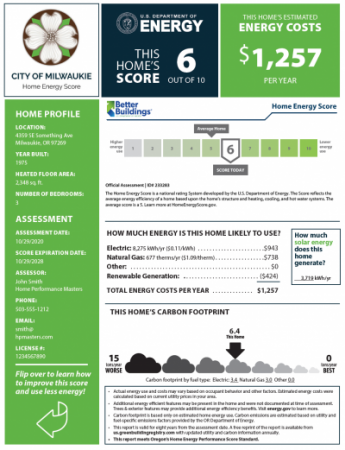- Neighborhoods
-
Community
-
- Overview History Vision Newsroom News Releases Pilot Newsletter Media Contact Projects Volunteer
- Engage Milwaukie Events City Calendar Recreation Biking in Milwaukie Parks and Trails Directory North Clackamas Parks and Recreation Reserve a Room Library
- Schools North Clackamas School District MHS Student of the Month Public Safety Police Clackamas Fire District #1 Code Compliance Emergency Preparedness Emergency Notifications Garbage & Recycling
-
- Business
- Departments
-
Useful Links
-
- Jobs Alerts & Notifications Email Subscriptions Emergency Notifications Meetings City Services A-Z Mapping & GIS
- Contact the City Staff Directory Request a Public Record Report a Code Violation Report a Pothole Report Misconduct Schedule an Inspection Documents & Forms Documents and Reports Forms, Permits, and Applications
- Helpful Links Digital Archives Library Catalog Municipal Code Purchase a Parking Permit Paperless Billing Pay a Ticket or Utility Bill Urban Forest
-
Reading a HES Report
Home Energy Reports are easy to read, and contain important information for home sellers and buyers.
Home Energy Reports contain a wealth of information for both home sellers and prospective buyers. Home Energy Score (HES) Reports showcase the energy efficiency work which has been accomplished to date and they provide a list of measures that can still be done and have the fastest return on investment. They also explain the complex and hard-to-see energy efficiency of a home into an easy to understand report. Learn more about the different sections of the Home Energy Report below:
Home Energy Score
Homes are scored on a ten-point scale, with “1” indicating higher energy use and “10” indicating lower energy use. The score is comparable to the miles-per-gallon ratings on cars: it conveys information about what a house’s estimated energy use is, based on the physical characteristics (size, orientation, window types, insulation, roof materials, etc.) of the home, and its systems (heating, cooling, etc.). It does not reveal information about the personal behavior of occupants.
Cost
The costs listed in the Home Energy Report are estimates based on average use patterns in similar homes. Like a miles-per-gallon rating, actual usage and costs may differ from what the Report shows due to the behavior and choices of the occupants.
Assessment date
This is the date on which the assessment was completed. If you are looking at a print copy which is more than two years old a free updated Report should be printed from the Green Building Registry to update use and savings calculations for current energy costs and carbon emissions factors. This Report is a valuable asset for any new home owner, but is only required to be printed and in the home when showing for sale.
Score expiration date
This is the date after which a new on-site assessment is required. The Home Energy Score is valid for eight years after issue, provided that no changes to mechanical systems, energy efficiency or square footage in the home has occurred.
Score with priority improvements
This is the Home Energy Score that this house could achieve if all of the priority energy improvements listed on the back of the Home Energy Report were installed. These are the measures with a combined simple payback of 10 years.
Estimated energy savings with priority improvements. The amount of money you could save on energy costs each year if all priority energy improvements were installed. Please note, this estimate is based on the systems in the house and not behavior or energy use decisions of the occupants.
Estimated carbon reduction with priority improvements.
The carbon reduction percentage is also an annual amount and is based on installing all of the priority energy improvements. Building energy is the largest sector of greenhouse gas emissions in Milwaukie - learn more by reading the Milwaukie Climate Action Plan.
Priority energy improvements
The back of the Report includes a list of recommended improvements which is customized to the data from the house. This list is limited to improvements with a simple payback of 10 years or less. There are likely more energy efficiency measures that could have a highly positive impact on the Home Energy Score but fall outside of the 10-year payback threshold.
Additional energy improvements.
This list includes additional energy efficiency improvements that could have a highly positive impact on the Home Energy Score but fall outside of the 10-year payback threshold.
Questions? Email homeenergyscore@milwaukieoregon.gov or call 503-786-7688.


